Another sailing timer on the blog, this time from Tissot… well, kind of.
(Click pictures to enlarge)
An interesting period in Tissot’s history began in 1930 when they joined forces with Omega to form the Société Suisse pour l’Industrie Horlogère (SSIH). They were joined two years later by the movement manufacturer Lemania, making the SSIH the second largest holding company in Switzerland at the time. This union resulted in parts being shared across the group, and many of the same models appeared in the product lines of all three companies, often built around Lemania’s high quality calibres.
The Regate was one such model and as well as the Tissot/Aquastar version, there was also Omega, Lemania, Heuer and Elvström versions of the watch, all in different cases, but fitted with the same Lemania calibre.
So as you can see, there was no shortage of models for the discerning yachtsman to choose from (for a description of how the watch would have been used in competition, see this post). Of the four, the Lemania is something of a rare sight these days, but the Omega is by far the rarest and is seldom seen on the open market.
The collaboration between Tissot and Aquastar is more curious, as Aquastar were never part of the SSIH group. I had assumed for a long time that the Tissot/Aquastar Regate was the only model they produced together – you will see the same watch with a silver dial, and also in a case with a ‘lobster’ bracelet (both pictures courtesy of JonW @ www.deskdivers.com).
However, I was recently offered an Aquastar Benthos project watch with a co-branded dial, so maybe they collaborated on more models? This is the only Tissot/Aquastar Benthos that I have ever seen, so if anyone has any evidence that this may be genuine, I’d be interested to hear from you.
Getting back to the subject of this post, opening the caseback revealed the now familiar Lemania Cal. 1345, and the thankfully less common emulsified gasket gunk which was working its way into the movement… Yuk!
Apart from the various cosmetic issues, the watch was running, but had a problem with the sailing timer which wouldn’t stay engaged when the pusher was pressed. A full service is always a good place to start to ensure that everything is in order, and after some extra time spent on it, the timer was working properly again.
Under the crystal the dial and hands were still in good condition, so after some case work and fitting a new crystal, the transformation was complete.
It is also worth noting that the Tissot branded Regate has a different caseback than the Aquastar models, featuring the galleon as seen on the caseback of many of the Tissot T12 models from the same period.
The owner of this watch, Mark Reichardt, has a keen interest in sailing timers. If you have any questions or information about them, especially the vintage mechanical models, I’m sure he’d like to hear from you. You can contact him at the following email address; j.m.reichardt@planet.nl
When Mark bought this watch, it also came complete with its original Tissot bracelet, but had mismatched end-pieces. If anyone can help Mark out with the correct end pieces for this model, or a potential source for them, please contact him directly via the email address above.
Rich.
** Many thanks to Mark for letting me feature his watch on the blog. **

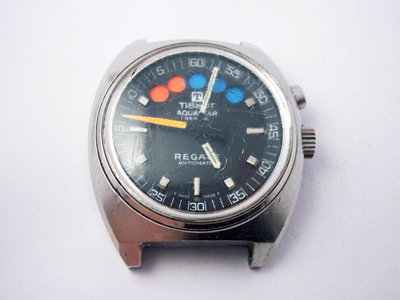
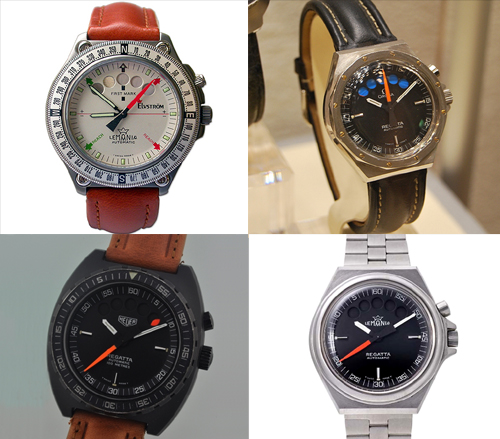
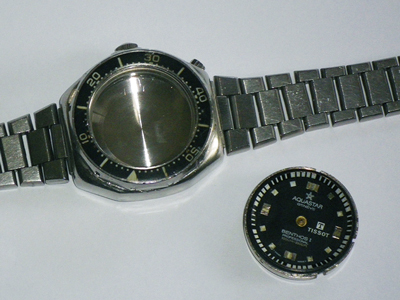
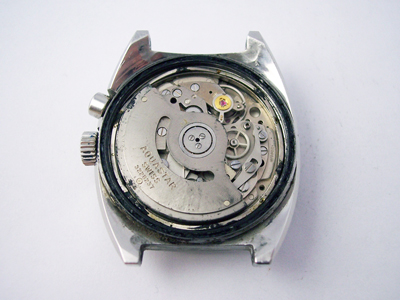
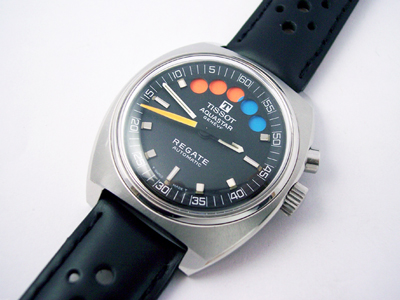
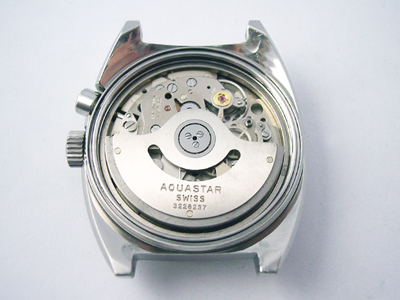
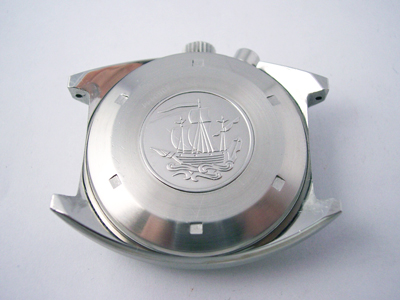
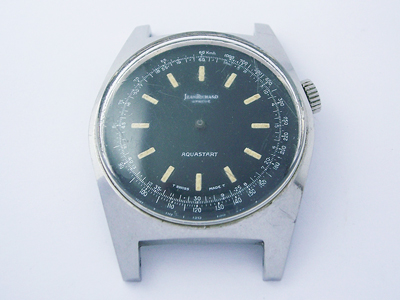
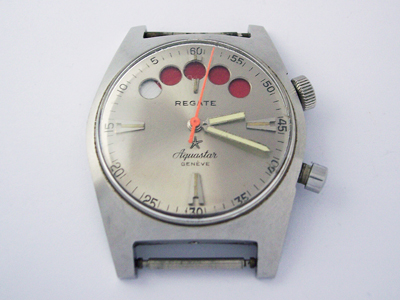
Hi Rich
I’ve just found my dad’s old Tissot/Aquastar and then on searching about it, came across your blog. Thank you for this article, and the click through about the timer and how it’s used!
I wanted to ask, is the watch battery operated, or wind-up?
Would love to chat more about it with you!
Warm regards
Alison